First days out deploying BRUVS
Out on the water
With the weather settling and the BRUVS tested, we were ready to start fieldwork and excited to see what the BRUVS would reveal. As with all fieldwork, the checklist was ready to ensure that all the gear went on board along with keeping a close eye on the weather.
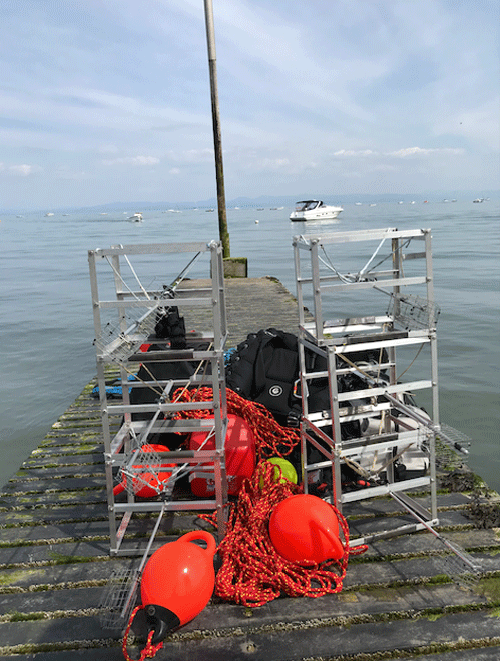
Kit ready on the pontoon to take aboard the boat. Photo © Jake Davies
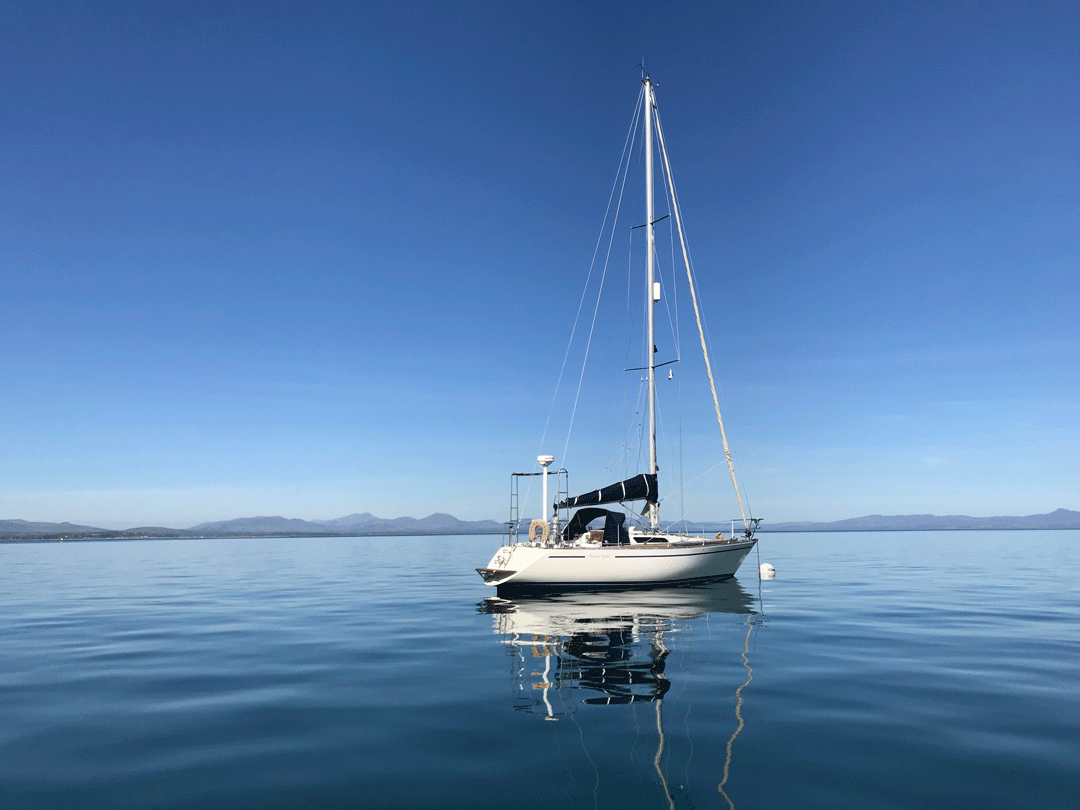
Boat to deploy the BRUVS from. Photo © Jake Davies
With all the kit on board and equipment set up, the first set of BRUVS were ready to go in. Each of the BRUVS is deployed for an hour at a time and a minimum of 200m apart to reduce the likelihood of the bait slick overlapping. BRUVS are baited with fresh mackerel, which is the most commonly used bait in the area. When deployed, data such as camera number, time of deployment, coordinates and depth are recorded onto the datasheet.
By the time the sixth camera was dropped, it was time to head back to the first and pick it up. Once the cameras were picked up, the footage was downloaded, and the batteries replaced so that they were ready to go back in for a 2nd deployment at a new location. During the first day of BRUVS, over 12 hours of footage was collected.
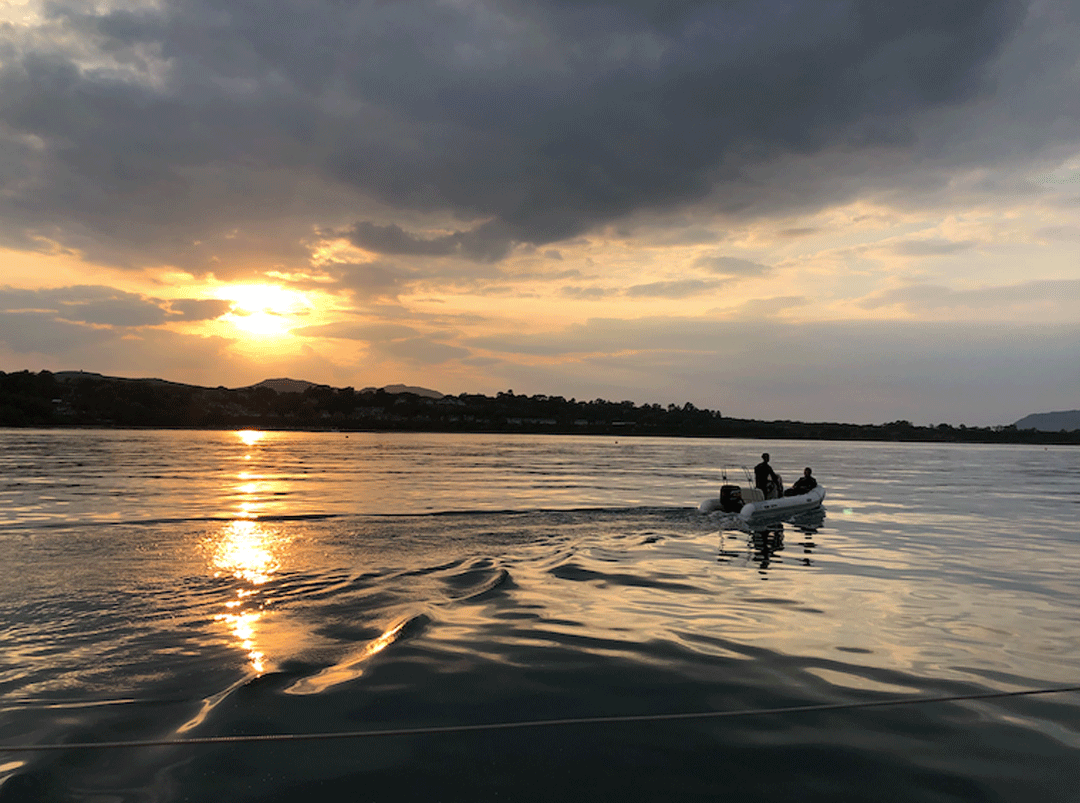
Evening sunset picking up the final set of BRUVS. Photo © Jake Davies
Revealing the exciting underwater world
Once ashore, we were able to view the first deployments, which brought some exciting footage. Within the first 12 hours of footage, over 26 species were recorded. These included elasmobranchs such as the more common lesser-spotted catsharks (Schyliorhinus canicula), bull huss (Schyliorhinus stellaris) and less often seen thornback rays (Raja clavata) and tope (Galeorhinus galeus). It quickly became apparent that the large spider crabs (Maja brachydactyla) which migrate in large numbers into the shallow coastal waters along the Welsh coast from May were going to be challenging during deployments.
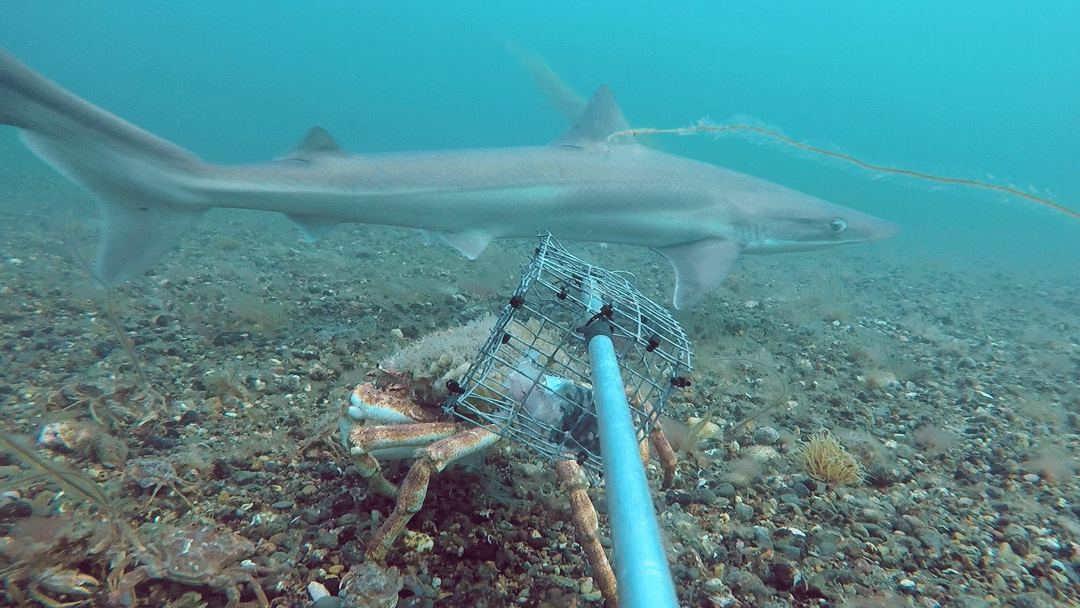
Tope and Spider Crab. Photo © Jake Davies

Thornback Ray. Photo © Jake Davies
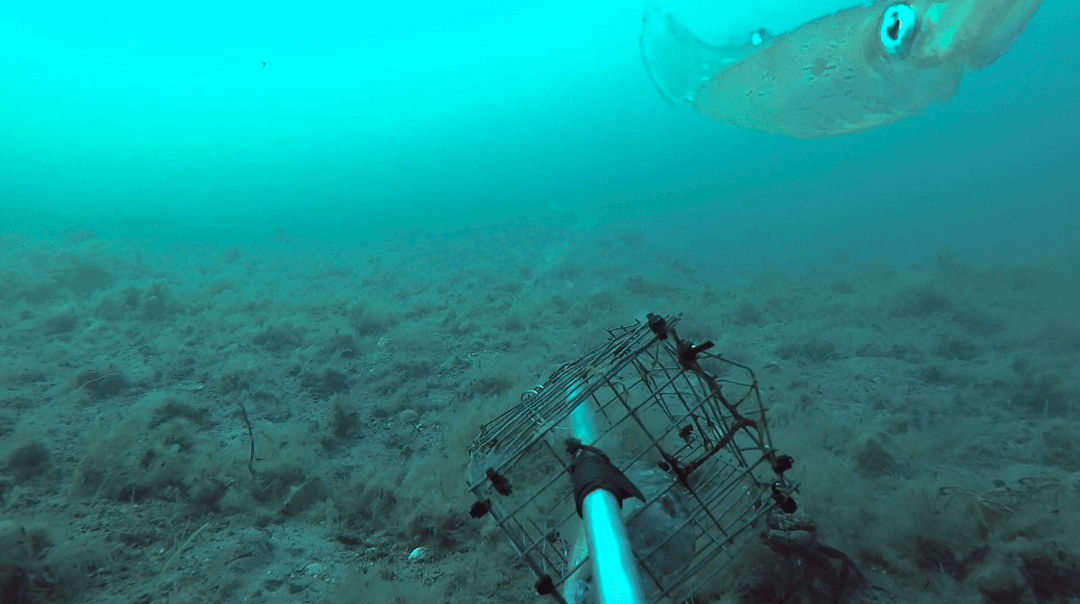
Common Squid. Photo © Jake Davies
Following the first day of deployments, another six hours of footage was recorded a couple of days later. Already, the first few days of footage provided a lot of valuable data on a range of marine species, however, no sign of Angelsharks (Squatina squatina) yet.
